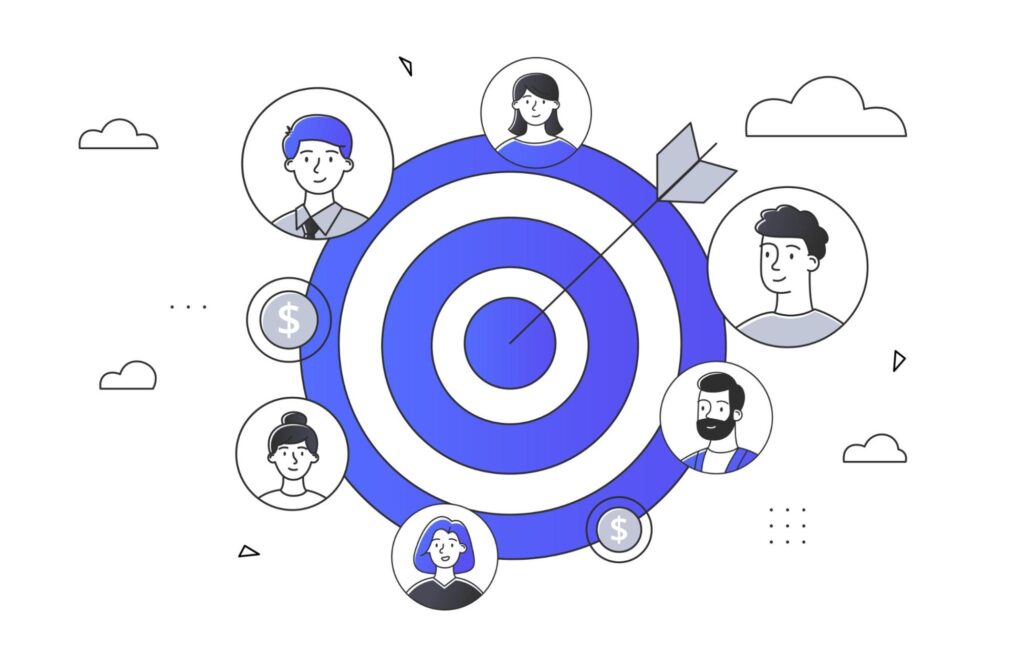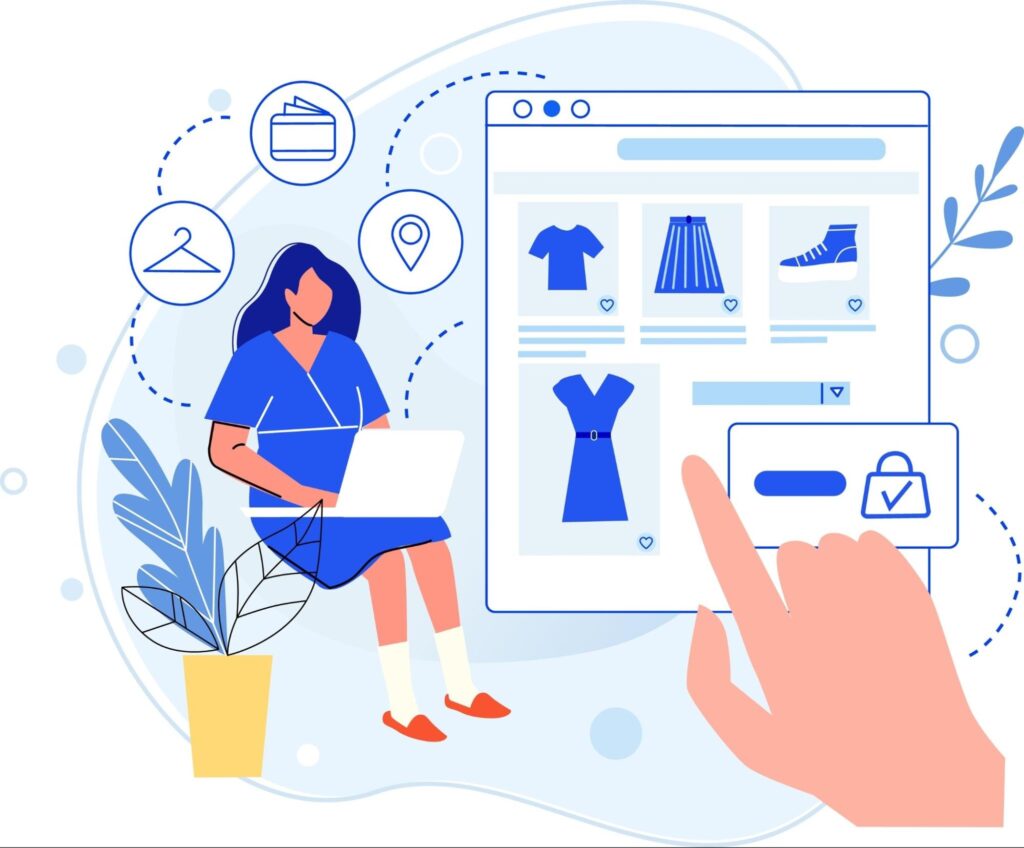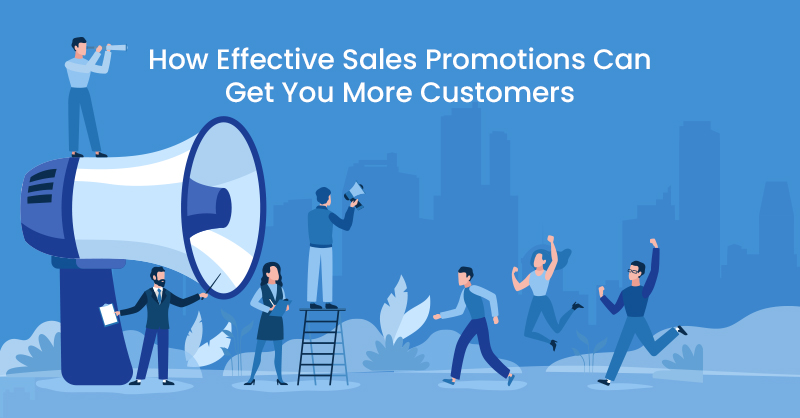Marketing has always walked a fine line between helpful and intrusive. Today, that line is thinner than ever. One second, you're marvelling at how a brand remembered your favourite coffee order; the next, you're unnerved that an ad knows you were looking at hiking boots an hour ago. So, how much personalization do consumers really want before it starts to feel like a digital ambush?
It turns out the answer isn't so black and white. People crave relevance, but they also value privacy. Brands are navigating a tightrope of data use, attempting to be helpful without being creepy. The stakes are high: do personalization right, and you're building loyalty and increasing conversions. Miss the mark, and you're turning customers off, potentially for good. So, what do consumers actually want when it comes to marketing personalization? Let’s unpack it.
Consumers Want Personalization with a Purpose
Consumers don’t hate personalization. They hate bad personalization. There’s a difference. Nobody minds getting an email that recommends products they were genuinely interested in, or offering a discount on a recent cart abandonment. The key here is relevance and timing.
Good personalization enhances the user experience. It saves time, provides value, and makes a customer feel seen. In an omnichannel retail environment, when a fitness app recommends a workout based on your recent activity, it feels thoughtful, like the brand truly understands your journey across platforms. When Netflix suggests a show based on what you actually watch, you appreciate the convenience.
The problem arises when personalization feels robotic, forced, or wildly off-base. People don’t want to be reminded they’re just a data point. That’s when the algorithm starts to feel like surveillance. A study by McKinsey found that 71% of consumers expect companies to deliver personalized interactions, and 76% become frustrated when this expectation is not met. But here's the twist: they want personalization on their terms. That means contextual, subtle, and most of all, useful.
There’s a Fine Line Between Personal and Creepy
Ever talked about something out loud and then seen an ad for it? That eerie coincidence makes people uncomfortable. Whether or not brands are actually "listening," consumers increasingly believe their data is being used in ways they never explicitly approved. That matters.
Hence, the moment personalization crosses into "creepy," trust erodes. It doesn’t matter how effective the campaign is if the customer feels violated. Behavioural retargeting, location tracking, and even first-name subject lines can rub people the wrong way if the intent isn’t crystal clear.
A Harvard Business Review study noted that people respond well to personalization when they understand how their data was collected. If it’s clear they’ve opted in—like browsing a website, filling a form, or subscribing to a newsletter—they’re more forgiving. However, when personalization seems to come from nowhere, it feels manipulative.
Transparency, then, is the name of the game. When brands clearly explain why someone is seeing a specific ad or email, it reduces the creepy factor and builds trust. Consent-driven personalization isn’t just ethical; it’s smart marketing.

Source: Shutterstock
Over-Personalization Can Backfire
Believe it or not, being too personal can alienate customers. Over-personalization makes people feel boxed in, like they’re being profiled rather than understood. It also stifles discovery. If all you ever see are things you’re predicted to like, you miss out on the joy of browsing, of stumbling upon something new. As a result, you should use hyperpersonalization sporadically, rather than as a foundational strategy.
Consumers want freedom within personalization. Think Spotify’s Discover Weekly: it’s personalized, but it also introduces you to fresh content the more you use it. That balance between relevance and novelty keeps the experience engaging.
Then there's the issue of over-targeting. You buy one pair of running shoes, and suddenly every feed you scroll is flooded with the same sneakers you already own. It gets annoying fast. That kind of personalization isn’t helpful—it’s lazy. Smart marketers know when to move on and when to pivot.
People also don’t want their sensitive information used to tailor messaging. Personal struggles, medical conditions, or financial difficulties should be off-limits. Just because data exists doesn’t mean it should be used. Respecting emotional and contextual boundaries is crucial.
Consumers Want Control and Customization
One of the clearest takeaways from consumer behaviour studies is this: people want agency. Give them the wheel, and they’ll steer you toward the kind of personalization they actually appreciate.
Let users set preferences. Let them opt in or out. Let them tweak the type of emails they receive, the frequency, and the product categories they care about. This self-service model empowers customers and makes personalization feel like a service, not surveillance.
Think of it like a build-your-own-burger menu. You choose the ingredients, you know what you’re getting, and it feels made for you, because it is. The same goes for marketing—when users have a say in how their data is used, it builds trust, loyalty, and often, better conversion rates.
This approach also reduces the guesswork. Marketers can stop relying solely on behavioural data and instead ask customers what they want. Tools like preference centres, customer surveys, and adaptive user interfaces make this easy. And when you get personalization right, retention follows.

Source: Shutterstock
Balancing Automation and Human Touch
Almost every brand under the sun owes its success to gaming algorithms, but people still want to feel like they’re dealing with other people. Automation is efficient, but it shouldn't be devoid of empathy. When every message feels mass-produced by a machine, consumers disengage.
Personalization that balances data with human insight wins. A chatbot that remembers your previous support ticket? Great. But the ability to escalate to a real person who understands your frustration? Even better, it’s this hybrid approach that consumers respond to best.
Human-centric personalization also includes language and tone. Addressing a customer with warmth, humour, or personality adds a human layer. It shows that behind the tech, there’s a brand that understands real emotions, not just click patterns.
Brands that nail this balance often have systems that learn, adapt, and still leave room for unpredictability. They combine customer data with empathy and storytelling—and that’s where magic happens. In the age of AI, don’t forget the “human” in human-centred marketing.
Conclusion
Consumers don’t want to be treated like algorithms. They want to be treated like individuals, but individuals with boundaries. Effective personalization walks the line between convenience and caution, helpfulness and humility.
It’s not about how much data you have. It’s about how thoughtfully you use it. The future of marketing isn’t hyper-personalized ads that follow you across the internet. It’s opt-in experiences, transparent communication, and relevance that feels earned, not extracted.
In the end, personalization done right feels less like a trick and more like a favour. And when it’s done with honesty, care, and a little finesse, consumers won’t just tolerate it—they’ll thank you for it.
To stay up to date on the latest digital marketing news, check out our blog. If you would like to book an appointment, call 866-208-3095 or contact us here.





